Enhanced TDS
Identification & Functionality
- Chemical Family
- RTU Product Type
- Technologies
- Product Families
Features & Benefits
- Ready-to-Use Product Features
- Features and Benefits
- Components are easily processed liquids
- Adequate working life at processing temperatures
- Rapid gelation at mold temperatures of 140°C and above
- Excellent mechanical and electrical properties
- Excellent fracture toughness characteristics
- Excellent performance in applications requiring thermal cycling
- Recognized insulation component with Thermal Index of 200°C
- Features and Benefits
- Components are easily processed liquids
- Adequate working life at processing temperatures
- Rapid gelation at mold temperatures of 140°C and above
- Excellent mechanical and electrical properties
- Excellent fracture toughness characteristics
- Excellent performance in applications requiring thermal cycling
- Recognized insulation component with Thermal Index of 200°C
Applications & Uses
- Application Area
- Composites Processing Methods
- Cure Method
- Product End Uses
- Markets
- Applications
Properties
Technical Details & Test Data
- Processing Data
ARALDITE® CW 9029 US resin and ARADUR® HW 9029 US hardener system is ideally suited for processing by conventional techniques. The optimum gelation and cure schedule in this case is dependent on the design of the part. When casting very large parts with this system, an extended cure cycle is recommended to reduce formulation of high stresses within the cured part. General processing conditions are given below:
Smaller parts:
For relatively thin, low mass castings, a simplified cure schedule would be: within preheated mold at 80°C - 100°C, mix materials at 40°C - 80°C. Fill mold, then gel typically for 4 - 6 hours at 80°C or 2 hours at 100°C. Then post cure either 2 hours at 150°C, 4 to 6 hours at 140°C or 10 hours at 130°C. Very large parts: Within preheated mold and mixed materials at 60°C - 80°C, cure with either a step or ramp cure cycle.For example, ramp cure from initial mold temperature to 140°C in linear ramp over a time of 16 - 24 hours. Then post cure for an additional 4-6 hours at 140°C. Cool slowly to 100°C or less over a period of several hours prior to de-molding.
APG Casting:
This system is suited to processing by the Automatic Pressure Gelation (APG) technique. However, it can be used to produce small sized castings by conventional means as above. In using the APG process, preheat mold to 140oC - 160°C. Fill the mold in 2 - 5 minutes with the mixed material at 50°C to 60°C. Gel within mold under pressure of 1-3 atm for 7-15 minutes (dependent on part size and mixed material temperature). Then post cure for either 2 hours at 150°C, 4-6 hours at 140°C, or 10 hours at 130°C.- Processing
Araldite® CW 9029 US resin and Aradur® HW 9029 US hardener system is ideally suited for processing by conventional techniques. The optimum gelation and cure schedule in this case is dependent on the design of the part. When casting very large parts with this system, an extended cure cycle is recommended to reduce formulation of high stresses within the cured part. General processing conditions are given below:
Smaller parts: For relatively thin, low mass castings, a simplified cure schedule would be: within preheated mold at 80ºC - 100°C, mix materials at 40ºC - 80°C. Fill mold, then gel typically for 4 - 6 hours at 80°C or 2 hours at 100°C. Then post cure either 2 hours at 150°C, 4 to 6 hours at 140°C or 10 hours at 130°C.
Very large parts: Within preheated mold and mixed materials at 60ºC - 80°C, cure with either a step or ramp cure cycle. For example, ramp cure from initial mold temperature to 140°C in linear ramp over a time of 16 - 24 hours. Then post cure for an additional 4-6 hours at 140°C. Cool slowly to 100°C or less over a period of several hours prior to de-molding.
APG Casting: This system is suited to processing by the Automatic Pressure Gelation (APG) technique. However, it can be used to produce small sized castings by conventional means as above. In using the APG process, preheat mold to 140ºC - 160°C. Fill the mold in 2 - 5 minutes with the mixed material at 50°C to 60°C. Gel within mold under pressure of 1-3 atm for 7-15 minutes (dependent on part size and mixed material temperature). Then post cure for either 2 hours at 150°C, 4-6 hours at 140°C, or 10 hours at 130°C.
- Cured Properties
Key
Value
Unit
Test Method
Test Condition
Tensile strength 11,000 - 12,500 psi ASTM D638 at 23°C Elongation at break
0.80 - 1.20 % ASTM D638 at 23°C Tensile modulus 1.50 - 1.55 x 10^6 psi ASTM D638 at 23°C Flexural strength 18,000 - 19,000 psi ASTM D790 at 23°C Flexural modulus 1.35 - 1.45 x 10^6 psi ASTM D790 at 23°C Hardness 92 - 96 Shore D -- at 23°C Glass transition temperature
110 - 120 °C DSC at 23°C Coefficient of thermal expansion
See Figure 2 ppm/°C TMA at 23°C Water absorption 0.020 - 0.025 % ASTM D570 24 hrs at 23°C Thermal conductivity
0.7 - 0.8 W/m·K ISO 8894-2/90 at 23°C Thermal endurance
See Figures 6 & 7 -- UL 746B at 23°C Critical stress intensity factor (K1C)
2.7 - 2.8 MPa·m½ -- at 23°C Specific energy at break (G1C)
713 - 714 J/m² -- at 23°C Dielectric strength 420 - 480 V/mil at 3 mm Figure 1. Viscosity increase at 60, 70 and 80°C as a function of time
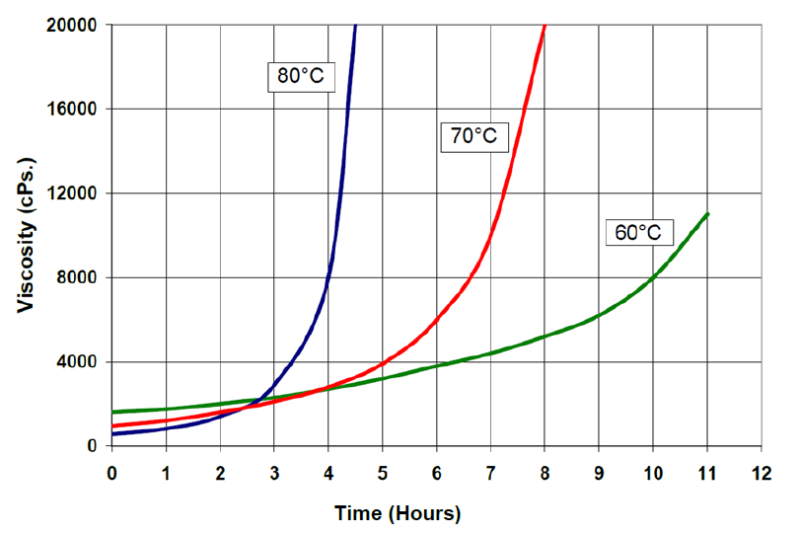
Figure 2. Coefficient of thermal expansion as a function of temperature
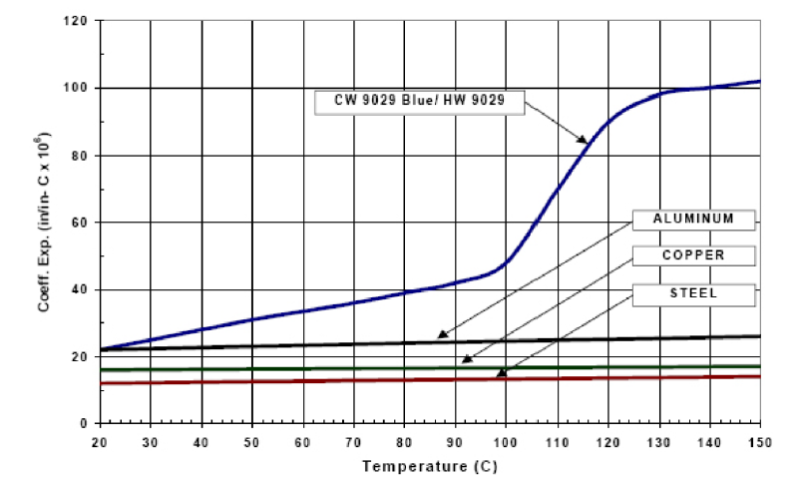
Figure 3. Dissipation factor as a function of temperature @ 60 Hz
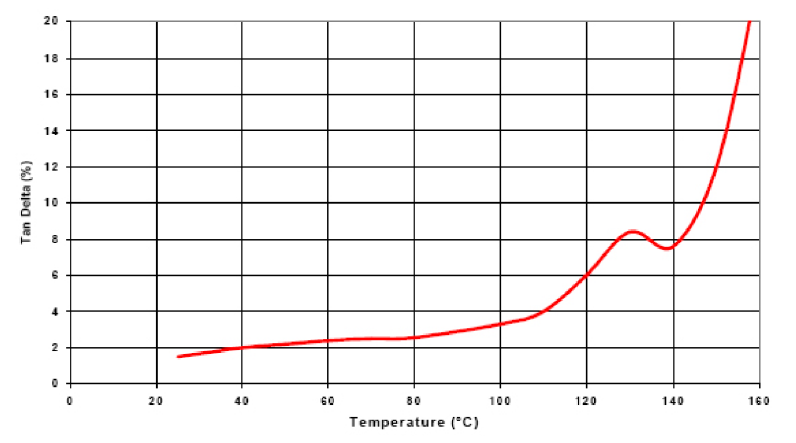
Figure 4. Volume resistivity as a function of temperature
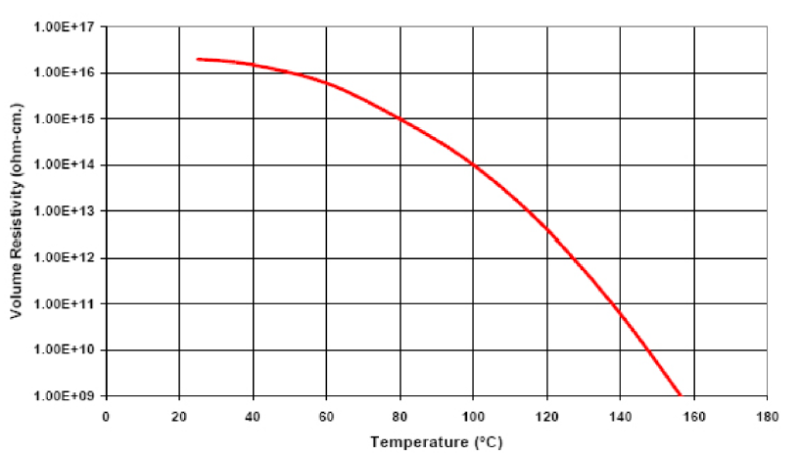
Figure 5. Dielectric constant as a function of temperature @ 60 Hz
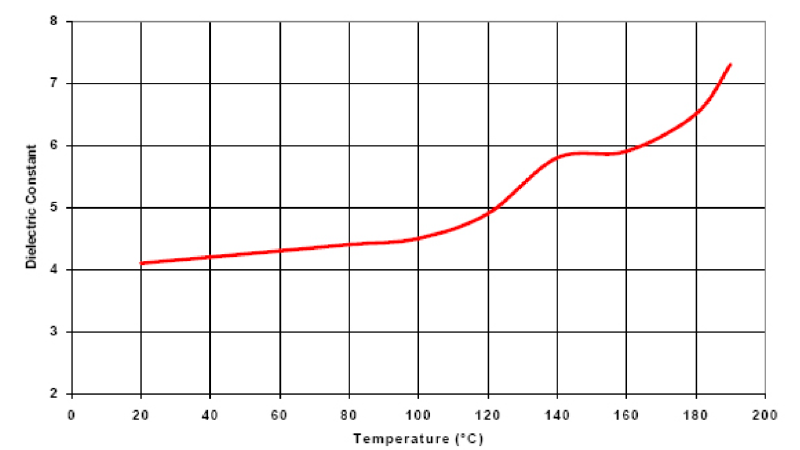
Figure 6. Thermal endurance
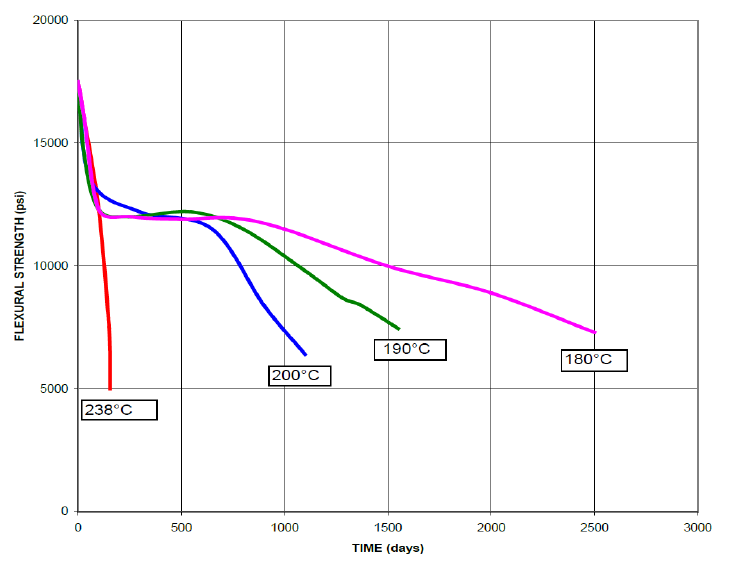
Figure 7. Thermal endurance - 50% Flexural strength
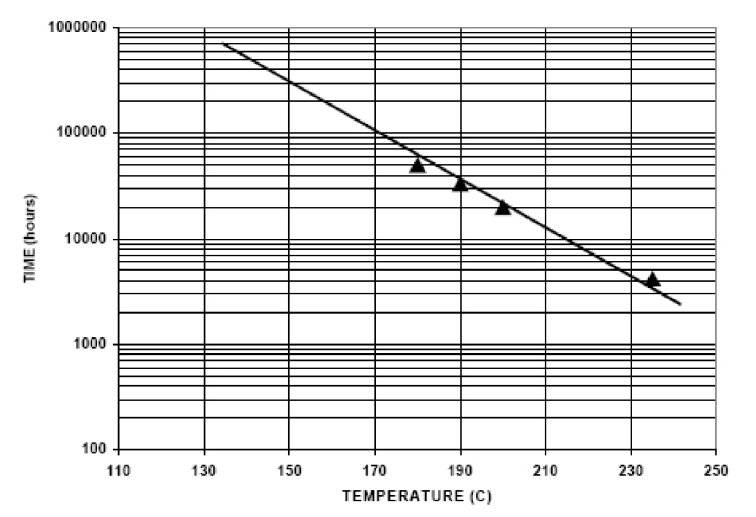
Safety & Health
- Safety Precautions
Huntsman Advanced Materials Americas LLC maintains up-to-date Safety Data Sheets (SDS) on all of its products. These sheets contain pertinent information that you may need to protect your employees and customers against any known health or safety hazards associated with our products. Users should review the latest MSDS to determine possible health hazards and appropriate precautions to implement prior to using this material.
Packaging & Availability
- Packaging Type
- Regional Availability
Storage & Handling
- Storage Information
- ARALDITE® CW 9029 US Resin contains cure-accelerating additives. It should not be stored for long periods at temperatures in excess of 30°C (86°F), nor should it be exposed to temperatures in excess of 100°C (212°F ) for more than 2 hours. Incorrect handling will result in an increase in viscosity and reduced cured-state properties.
- ARADUR® HW 9029 US Hardener contains cure ACCELERATORs. Storage at elevated temperatures >80°C (176°F ) for long periods (>5 days) will result in an undesirable increase in viscosity and impaired reactivity of the mixed system. This hardener is sensitive to moisture. Partially used containers should be closed immediately after use. Nitrogen blanketing is highly recommended as well as the use of a desiccant venting device unless the material is going to be used rapidly after opening.
- ARALDITE® CW 9029 US Resin and ARADUR® HW 9029 US Hardener components should be stored in a dry place, in the sealed original container, at temperatures between 2°C and 40°C (35.6°F and 104°F). Under these storage conditions the shelf life is 1 year (from date of manufacture). The products should not be exposed to direct sunlight. As with most pre-filled systems, the fillers present in these components have a tendency to separate during storage. This filler separation will not negatively affect the final product properties and quality provided that both components are thoroughly homogenized. The filled components should be stirred carefully by using a low shear mixer prior to processing. Do not use high speed or high shear mixers and take precautions to prevent air entrapment.
- Storage Conditions
- Araldite® CW 9029 US Resin contains cure-accelerating additives. It should not be stored for long periods at temperatures in excess of 30°C (86°F), nor should it be exposed to temperatures in excess of 100°C (212°F ) for more than 2 hours. Incorrect handling will result in an increase in viscosity and reduced cured-state properties.
- Aradur® HW 9029 US Hardener contains cure accelerators. Storage at elevated temperatures min. 80°C for long periods (min. 5 days) will result in an undesirable increase in viscosity and impaired reactivity of the mixed system. This hardener is sensitive to moisture. Partially used containers should be closed immediately after use. Nitrogen blanketing is highly recommended as well as the use of a desiccant venting device unless the material is going to be used rapidly after opening.
- Araldite® CW 9029 US Resin and Aradur® HW 9029 US Hardener components should be stored in a dry place, in the sealed original container, at temperatures between 2°C and 40°C (35.6°F and 104°F). Under these storage conditions the shelf life is 1 year (from date of manufacture). The products should not be exposed to direct sunlight. As with most pre-filled systems, the fillers present in these components have a tendency to separate during storage. This filler separation will not negatively affect the final product properties and quality provided that both components are thoroughly homogenized. The filled components should be stirred carefully by using a low shear mixer prior to processing. Do not use high speed or high shear mixers and take precautions to prevent air entrapment.
Other
- Application Information
Value Units Test Method / Conditions Mix Ratio 1.0 %(W) %(W) Hardener : Resin - Physical Properties
Value Units Test Method / Conditions Glass Transition Temperature (Tg) 110.0-120.0 °C °C Viscosity 35000.0-65000.0 cPs cPs at 40°C
